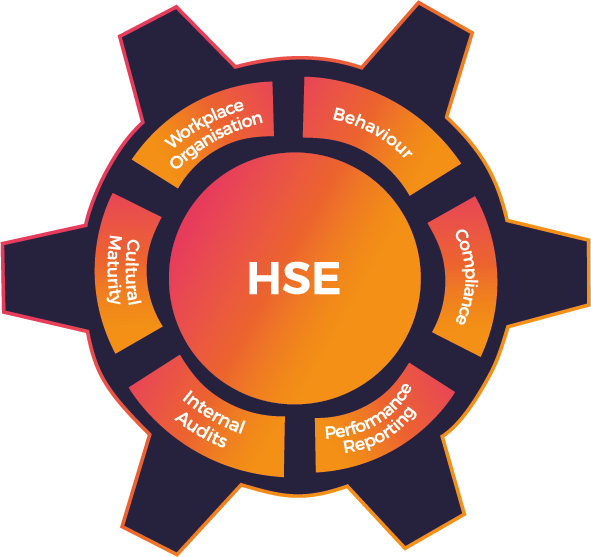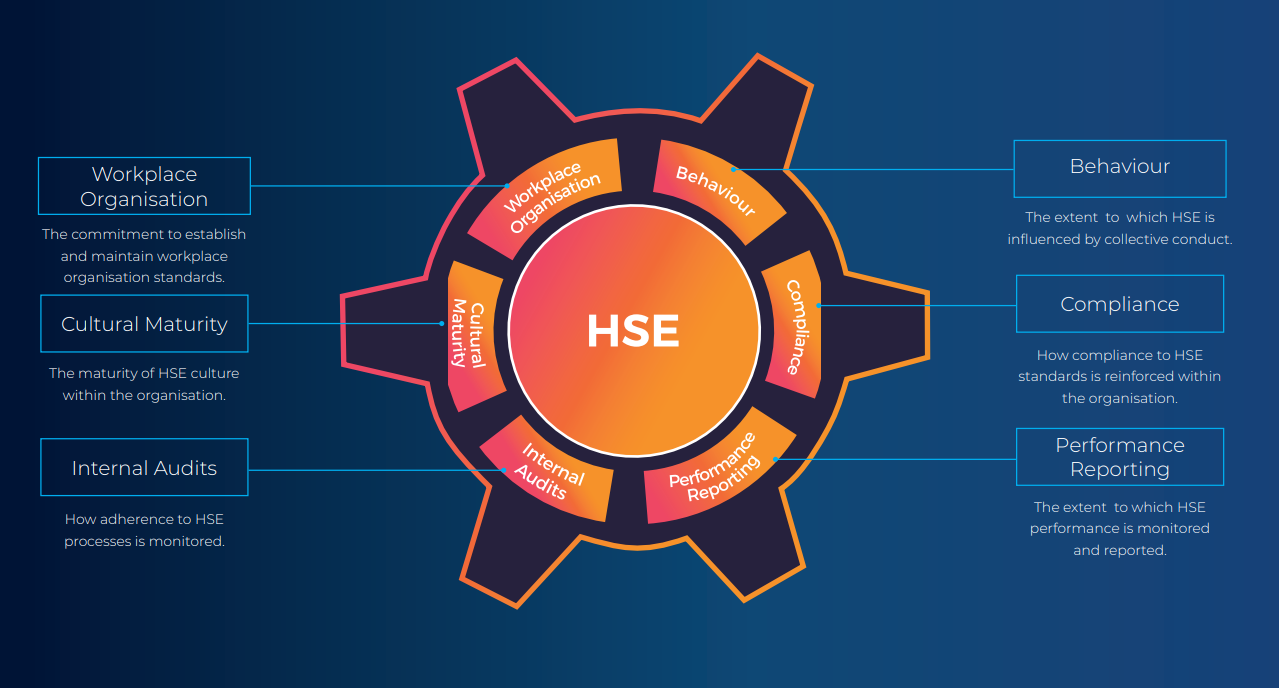1. Workplace Organisation
How workplace organisation standards are established and maintained.
The foundation for a safe working environment is a well organised workplace. The goal is to design, establish
and maintain workplace standards through behavioural practices and visual management. Communicating
and including the workforce in the process is essential for ensuring sustainability and long-term individual and
collective ownership.



